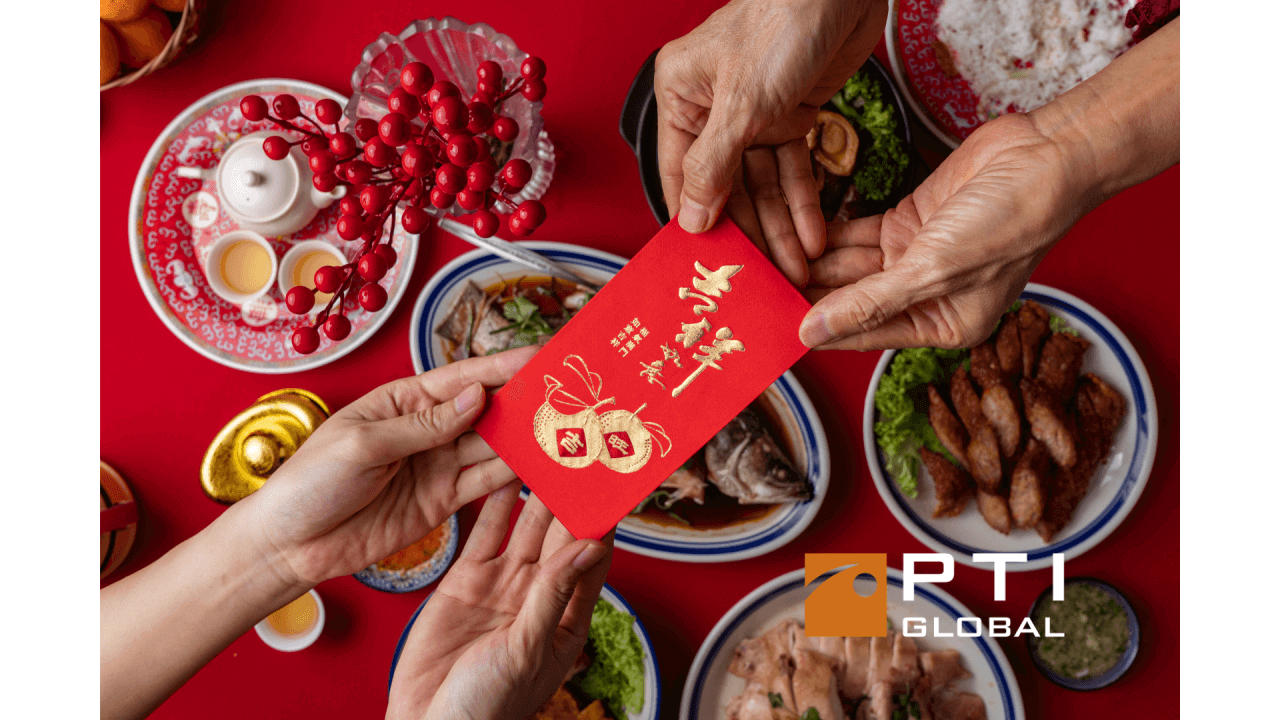As the Lunar New Year approaches, our family is once again immersed in the joyful and bustling preparations that signify the celebration of the new year. For a first-generation immigrant family like ours from China, the Lunar New Year holds significant cultural importance, and celebrating this festival in the US has become a crucial link in our efforts to maintain connections. Immigration, as a journey across borders, comes with the responsibility of preserving and passing on cultural traditions in a new land. This article aims to explore the similarities and differences in celebrating the Lunar New Year in China and the US and what we do to preserve this rich cultural heritage.
Lunar New Year Celebrations in China
In China, the Lunar New Year (农历新年), known as the Spring Festival (春节), stands as the grandest celebration of the year. During this time, people typically enjoy at least a week-long Spring Festival holiday, leading to a mass migration of individuals returning to their hometowns—a phenomenon famously known as “Chunyun. (春运)” Families actively engage in preparations for celebratory activities.
For me, the most anticipated aspect is reuniting with relatives—cousins, aunts, uncles, and grandparents—who I haven’t seen in a year. The whole family gathers to make dumplings, symbolizing unity and good fortune. The process of making dumplings is filled with laughter and joy—kneading the dough, preparing the filling, rolling out the wrappers, and folding the dumplings. Each family member actively participates, making the handmade dumplings not only a culinary delight but also a profound expression of familial bonds.
In addition, the tradition of visiting friends and relatives during the Lunar New Year, exchanging blessings, and the excitement of children receiving red envelopes with money are integral aspects of the celebration. Furthermore, events like temple fairs and lantern festivals contribute to the lively atmosphere, with dragon and lion dances adding to the festive spirit.
Preserving Lunar New Year Traditions in the US
Celebrating the Lunar New Year in the U.S. has some notable differences from celebrations in China. Primarily, due to cultural and work-related factors, the possibility of extensive family reunions is diminished. Despite being unable to celebrate with distant family members, we try to continue these traditions on American soil.
Efforts include wearing red clothing on this day, decorating our home with traditional Lunar New Year ornaments, having a family dinner, and holding video calls with family in China…
My personal favorite tradition is to make dumplings with my kids. In the US, although the choice of ingredients and dumpling wrappers may differ, we still insist on making hand-made dumplings on the eve of the new year. It is not just a nostalgic connection to the flavors of our hometown but also a commitment to preserving tradition.
For my kids, the most eagerly awaited aspect of the new year is receiving red envelopes. In China, red envelopes, given by elders to kids, symbolize blessings and good luck. This tradition continues in the US, albeit with slight differences in cultural nuances. We make an effort to explain the cultural background and significance of red envelopes to our kids, maintaining their connection to tradition.
Lunar New Year Feast
The Lunar New Year feast is one of the highlights, with Chinese families traditionally holding a grand reunion dinner on New Year’s Eve. Similar to turkeys for Thanksgiving in the U.S., certain dishes like fish (symbolizing surplus), rice cakes (symbolizing progress), eight-treasure rice pudding (symbolizing wealth from all directions), and dumplings grace the Lunar New Year table. While geographical constraints in the US may pose challenges in sourcing specific ingredients for these traditional dishes, we nonetheless prepare a rich Lunar New Year feast, honoring Chinese traditions.
Our family’s favorite dish remains the steaming hot and fresh dumplings. The aroma not only brings warmth but also intensifies the Lunar New Year flavor.
In recent years, the US has seen an increasing focus on celebrating the Lunar New Year. Local libraries, schools, cultural centers, and Chinese community organizations organize various activities to experience Chinese culture, including activities like Chinese painting, calligraphy, and paper cutting, as well as performances by local martial arts groups showcasing dragon and lion dances…
Conclusion
While the celebration of the Lunar New Year in China and the US may differ in certain aspects, this doesn’t diminish our commitment to preserving and promoting this precious cultural tradition. Through efforts to retain and adapt traditions, our home in the US is infused with the essence of the new year, becoming an integral part of our family. The Lunar New Year is not merely a cultural heritage but also a dynamic connection between our past in China and our present in the US. The taste of home, preserved through Lunar New Year traditions, serves as a bridge between two countries, illustrating the cultural resilience and adaptive spirit of our immigrant journey.









